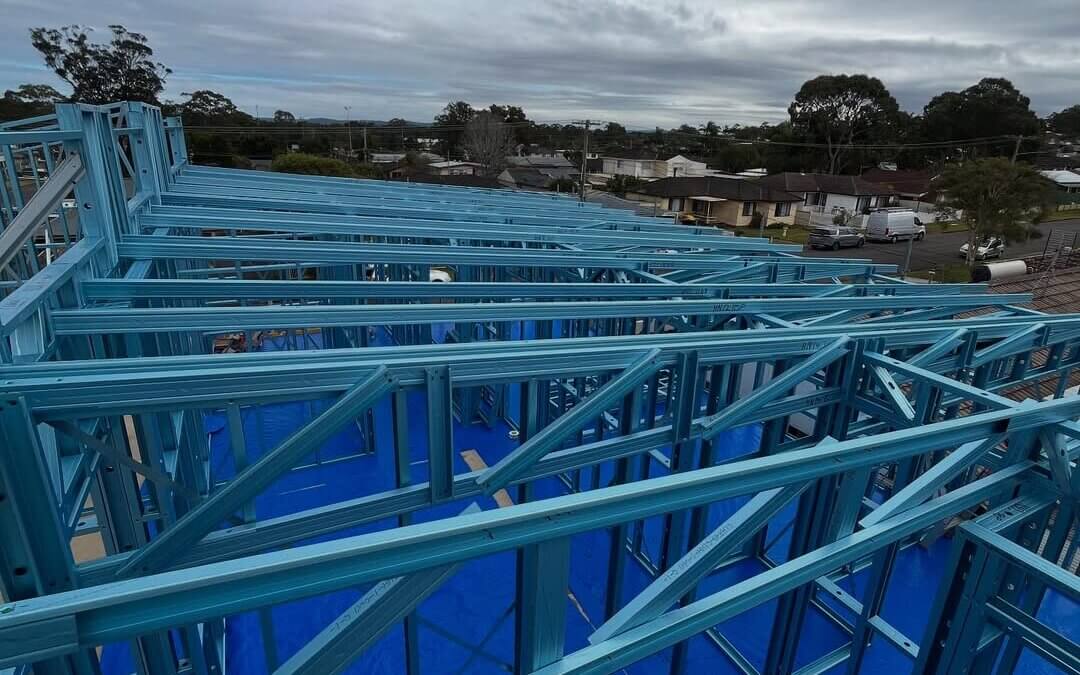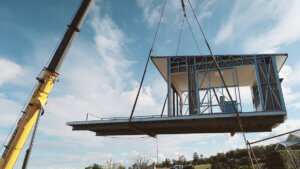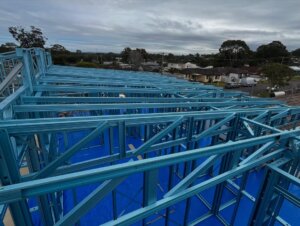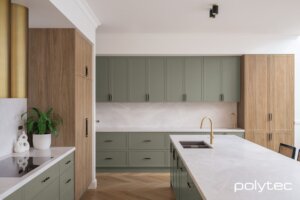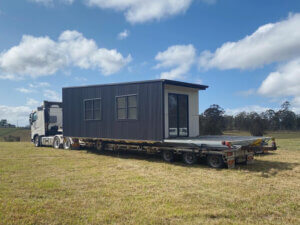Steel-Framed Construction: Separating Fact from Fiction in Homes and Commercial Projects
Steel framing is rapidly becoming the material of choice for both residential and commercial construction across Australia. It’s even gained mainstream attention on Channel 9’s hit renovation show The Block, where steel frames have been used to showcase modern, strong, and sustainable building methods. This increased visibility has helped bring steel framing into the spotlight—not just for homes, but for larger commercial builds too.
At Broadworth Modular, we’ve seen these misconceptions cause hesitation for clients planning everything from family homes to large-scale commercial facilities. To provide clarity, Gerard Goldsmith (Director of Broadworth Modular) and Gavin Sharp (Director of Australian Steel Framing) share their perspectives on how steel really performs.
Gerard and Gavin tackle the most common myths and show you why steel remains one of the most reliable building materials available today, covering concerns about noise and rust to cost and connectivity!
“Steel Frames Are Noisy”
Myth: Steel structures creak and groan more than timber.
Reality: Gavin Sharp explains that when properly designed and installed, steel frames are no noisier than timber.
“In fact, because steel doesn’t shrink, warp, or expand with moisture like timber, it’s less likely to cause movement-related noise over time. This holds true whether it’s a single-storey home or a multi-unit commercial build.”
“Steel Frames Rust”
Myth: Steel frames won’t last because they rust.
Reality: Today’s framing steel is engineered to withstand Australia’s harsh environment.
“ASF frames are manufactured from TRUECORE® steel, which includes a protective metallic coating to prevent corrosion,” says Gavin. “When specified and installed correctly, rust simply isn’t an issue—whether you’re building a suburban home, a school, or a commercial office block.”
“Steel Frames Interfere With Wi-Fi or Reception”
Myth: A steel frame blocks Wi-Fi or phone signals.
Reality: Gerard Goldsmith notes that this claim doesn’t reflect the reality on site.
“We’ve delivered modular homes and commercial projects built with steel framing, and connectivity has never been an issue. Signal quality depends far more on service providers, network equipment, and building layout than on the frame material.”
“Steel Frames Are Too Expensive”
Myth: Steel costs more than timber.
Reality: While steel may sometimes have a higher upfront cost, it often delivers greater long-term value.
“Steel is termite-proof, non-combustible, and dimensionally accurate. That means reduced maintenance and far fewer call-backs,” explains Gavin Sharp. “For commercial clients, that translates into lower lifecycle costs and greater reliability. For homeowners, it means peace of mind that their home will stand the test of time.”
Why Broadworth Modular Chooses Steel
At Broadworth Modular, we use steel framing across both residential and commercial projects.
“Steel gives us the confidence to deliver modular buildings that are precise, durable, and fast to install,” Gerard says. “Whether we’re constructing a family home, a childcare centre, or a commercial office, steel ensures the same consistent quality and performance.”
The Bottom Line
Steel-framed buildings aren’t just a trend—they’re the future of construction in Australia. As Gavin Sharp from Australian Steel Framing highlights, many of the so-called problems with steel are either outdated myths or misunderstandings.
And as Gerard Goldsmith emphasises, Broadworth Modular’s commitment to steel comes from one clear goal: to deliver homes and commercial projects that are stronger, safer, and built to last.
If you’d like to dive deeper, you can read the full article on the Australian Steel Framing blog here: What Are the Problems With Steel-Framed Homes?.
